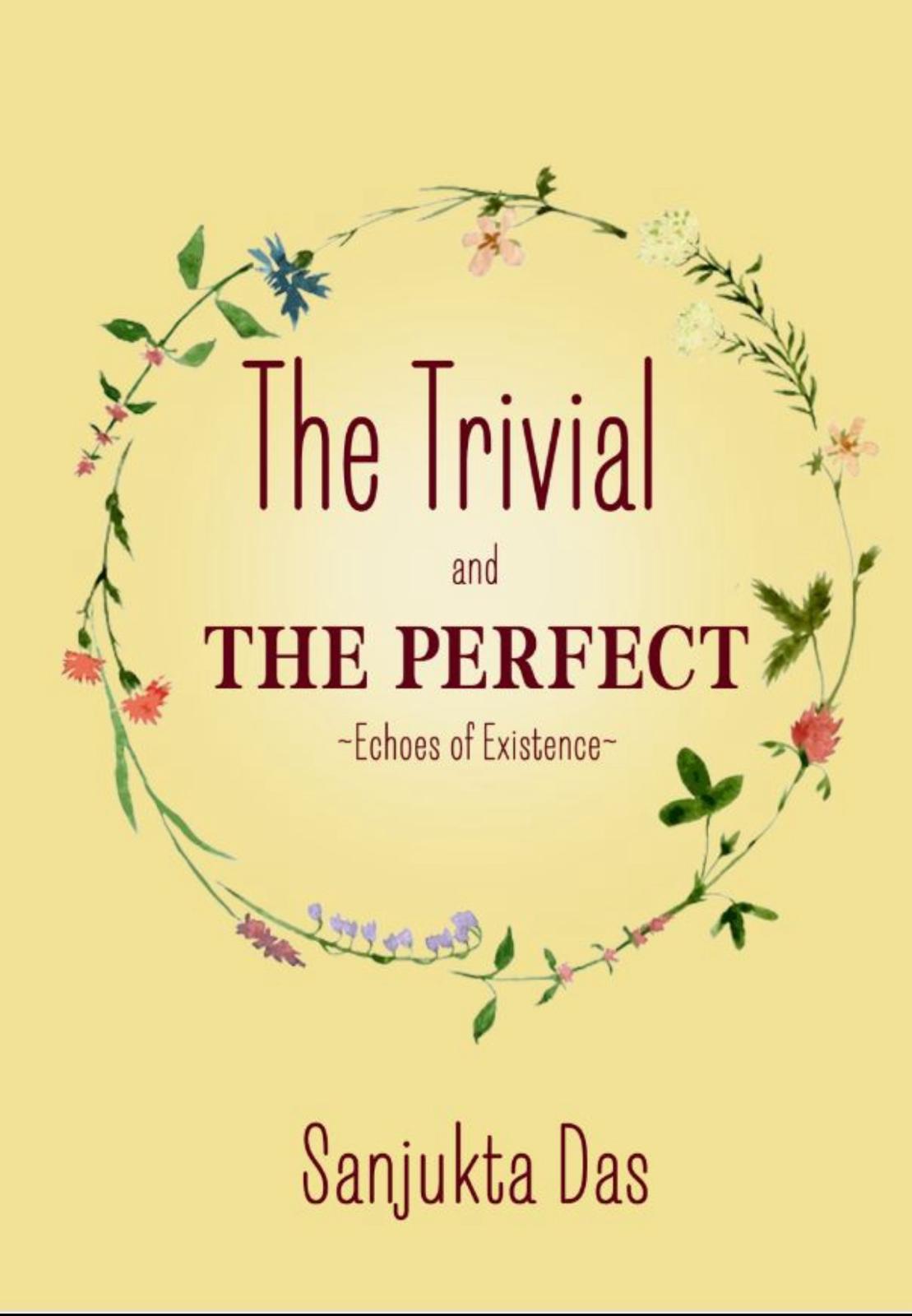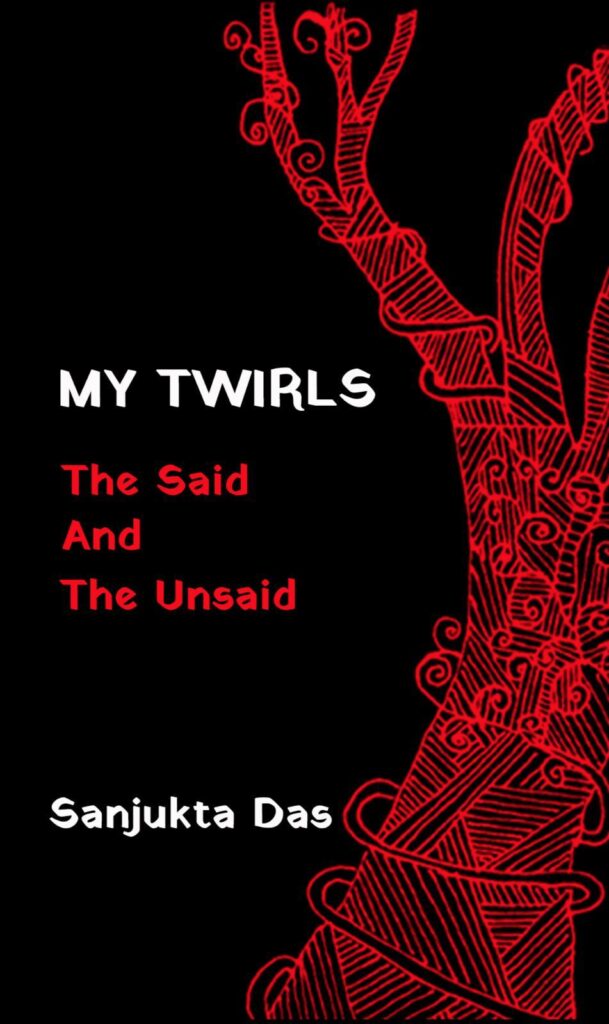I am an immigrant woman, here in Canada. And I love that badge….
On the 7th of August every year, I always find so many thoughts racing through my mind as I grapple with the thought of “Saree Love” coupled with “Handloom Love” on this day.
So here goes my Handloom Saree Journey as an immigrant woman here in Toronto, Canada.
I arrived in Toronto in 2007, and the challenges were many. It was difficult to be away from home, unexpectedly difficult. Of course, we all aspire to travel to foreign shores for better opportunities, leaving behind our dear families and friends. I did too. But the experience of being alone and uprooted is a different one. One cannot ever fully anticipate the length and breadth of it.
This perspective, the experience of “moving countries” that immigrants like me experience, is deeply cultural and extends from the individual experience to a societal level. I remember the unrelenting pressure to succeed.
And right here, I want to mention the role of Sarees and my love for handlooms in my settlement story.
My Maa always said, “you look the best in Sarees,” and I quietly grew with that. Decades of Saree Collection happened in India. They were like my Heirloom Collection. So when I moved countries, I brought them with me as treasures of this lifetime.
Styles changed, designs evolved, but the eternal Drape remained the same. And in another paradigm, in my career life, very soon I recognized how difficult it was to find my voice as an immigrant woman. Growing up, I was always encouraged to speak out, to ask questions. But here, for example, I found that there were many misconceptions about India, about Sarees, about the rich heritage of Handloom that were different from my experience. I wanted to challenge them. But who would hear me? I was a “nobody” here. I learned over time when to let go. Other times, I decided to challenge ideas on the table and offer my thoughts with conviction about the identity of these rich drapes. Soon I discovered that my presence in a Saree EVERYWHERE, outside my workplace, in the community, was a brand I became stubborn about building.
Looking back, in my initial years, I know I was not accepted in my Saree Mode when I went to my Canadian workplace events in the evenings with the most gorgeous Saree draped, versus an entire room where everyone else wore extremely pretty and stylish dresses. I remember distinctly how I encountered more and more quiet body languages of disapproval, sadly even from my Indian colleagues who thought it was not appropriate to wear “Sarees” in these organizational get-togethers. My only plight was to let the world know about our rich textile heritage. And I chose to walk my talk.
So even in the changing scenario of life transition, the “Saree Aspect” remained unchanged.
Some of my newly-made immigrant friends had much greater challenges than me: the professional protocol barrier, the language barrier, the huge difference in work environments, just to name a few. It was impossible at that time to speak of mental health or systemic racism. I remember so many stories of despair, of anxiety, of feelings of rejection that we shared with each other, hush-hushly, as if it is normal. However, if there is one thing that overshadowed these negatives, it was my resilience, the absolute refusal to give up my identity as an “Indian Woman who wears Sarees Everywhere.”
I never gave up wearing my rich Handloom Sarees. Yes, they were rich handloom weaves.

Then one fine day, on a sunny August 7th, 2016, a magic happened! My Handloom tweet got a response from India’s Textile Minister, and a fire got charged to join hands with the Huge Global Saree Awareness Wave across the world. The Ministry of Textiles, under the leadership of Ms. Smriti Irani, weaves the handloom legacy. Yes, that day is considered National Handloom Day in my country of origin, India.
I support those weavers who treasure our craft and continue to help shape an incredible part of our textile history, a form of art that helps us be the lighthouses in the community as women.
But most importantly, I wait to see an International Handloom Day! I feel extremely proud to be celebrating this rich Indian legacy in Toronto, Canada, holding hands with many Canadian Sareeistas where we lovingly share our Saree Journey!
In my plight to support the Handloom industry and to empower Indian weavers here in Canada, I created a Facebook Group called “Canadian Sareeistas” that currently has 2000+ members who celebrate Sarees.
But Handloom is not just about Sarees. It is about a textile industry that is dying and needs revival and lots of attentive nurture. In the context of sustainability, sustainable development goals, and climate change, a lot of people are doing great work around the world, and Handloom revival is a big buzz globally today. I join this buzz in my very small way. We can keep shining in our Handloom Sarees. I try to spread the vibes by walking my talk, by buying Handloom Sarees.
And that’s the thing – one does not need to ‘talk’ incessantly about handlooms to stand out as a ‘handloom advocate’. One simply needs to nourish the ecosystem that enables the sector and its practitioners. Every time I buy Handloom, I know I am supporting weaving communities that already and always exist. I support those artisans in India in some way. They need our support.
And as a Canadian Sareeista, I implore my social media followers that we have a role in the global map, the cultures, the learnings, the rich experiences we bring with ourselves are invaluable. Let’s offer them to the world with humility.
Handlooms play a crucial role in the rural and semi-rural parts of our nation of origin, India. This sector directly addresses women’s empowerment, as over 70% of all weavers and allied workers are female.







Loved this
Great Post!